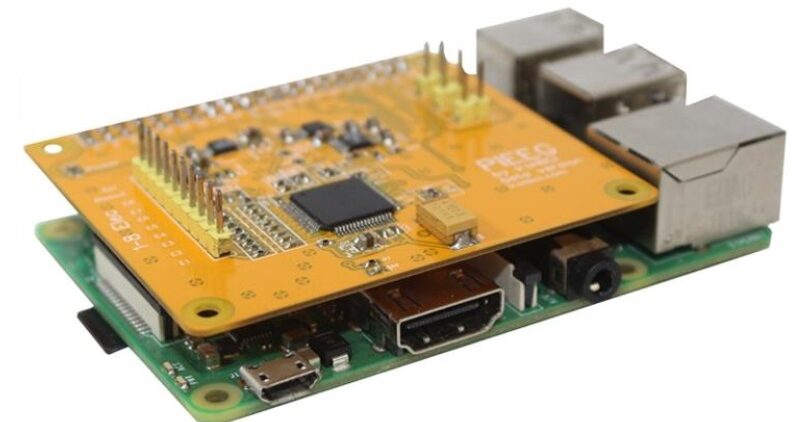
PiEEG A Raspberry Pi Shield for Measuring Biosignals like ECG, EMG, and EEG, Available for Just $350
PiEEG is an 8-channel, open-source shield for Raspberry Pi, designed to easily measure EEG, EMG, and ECG biosignals. It’s user-friendly and compatible with various electrodes, making it easy to explore complex biosignals without needing specialized equipment.
Researchers at Heriot-Watt University have developed the PiEEG, a cost-effective and precise Raspberry Pi shield that turns the device into a brain-computer interface. This 8-channel tool enables real-time EEG signal measurement and processing, facilitating projects like thought-controlled robots, sleep and meditation monitoring, lie detection, and more. The PiEEG’s mission is to make neuroscience widely accessible, targeting educational uses in universities and schools with Raspberry Pi.
The PiEEG device uses a Texas Instruments ADS299 analog-to-digital converter for precise reading of brain signals in microvolts from the scalp, converting them to digital form for Raspberry Pi. Due to EEG data’s susceptibility to noise from electromagnetic interference, poor contact, and human movement, the device includes software with a bandpass filter to clean up the data in real-time. The software, written in C, C++, and Python allows for flexible data reading, processing, and display, making it adaptable for various projects.
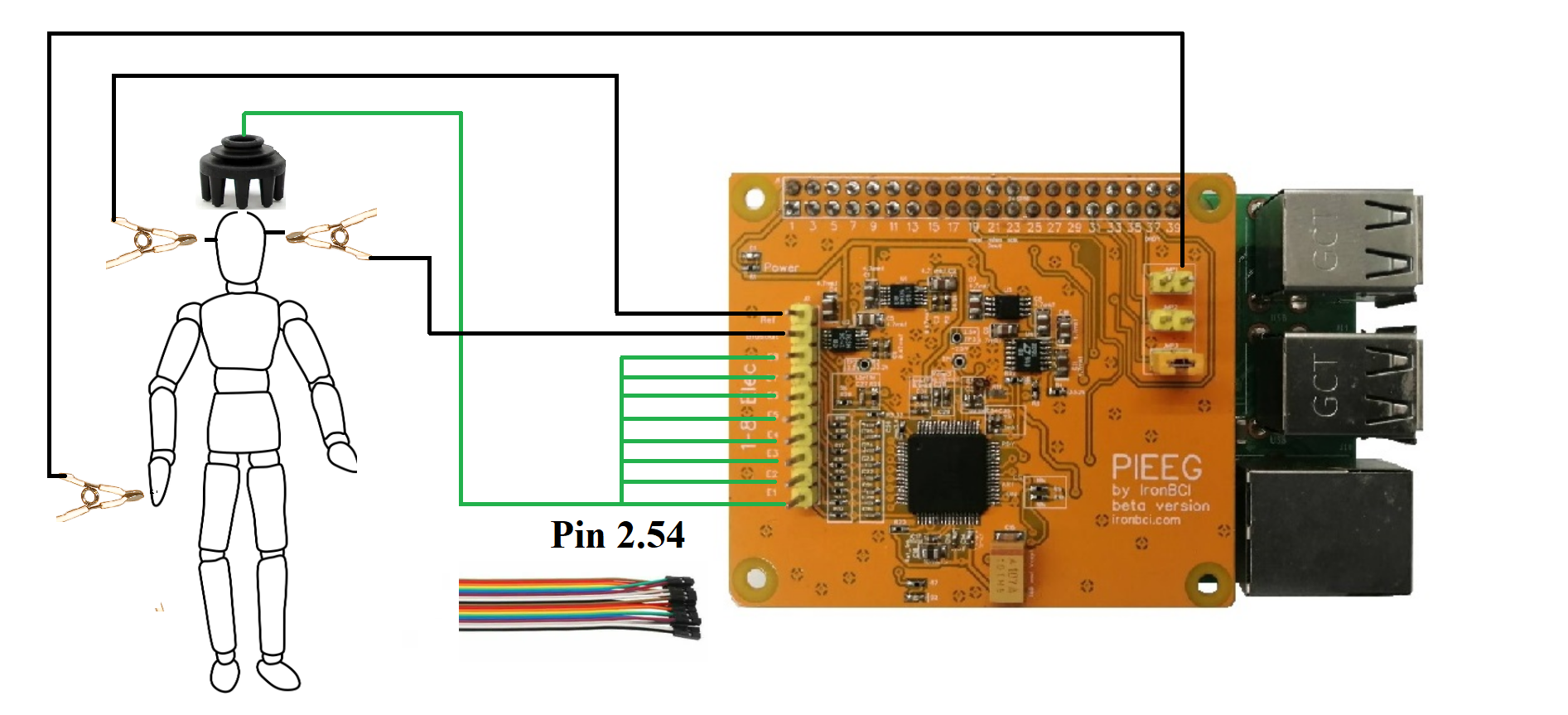
PiEEG Raspberry Pi Shield Specifications:
- Compatible with Raspberry Pi 3,4 or 5
- 8 channels for connecting wet or dry electrodes
- Data transfer via SPI protocol with a frequency from 250 SPS to 16 kSPS and a resolution of 24 bits per channel
- Programmable signal gain: 1, 2, 4, 6, 8, 12, 24
- Ability to measure impedance
- LEDs for power indication and ADS1299 connection indication
- 3 free pins for connecting external objects (ground and Raspberry Pi channel)
- Easy programming with Python
The company offers comprehensive support for users, including a guide for making an electrode hat (manual) and various docs available on the GitHub repository.
For setup and usage, detailed documentation is provided, along with a video presentation and a demo). For academic references, see the IEEE publication (IEEE Xplore).
The device was Initially launched on Crowdsupply and is now available on Elecrow.





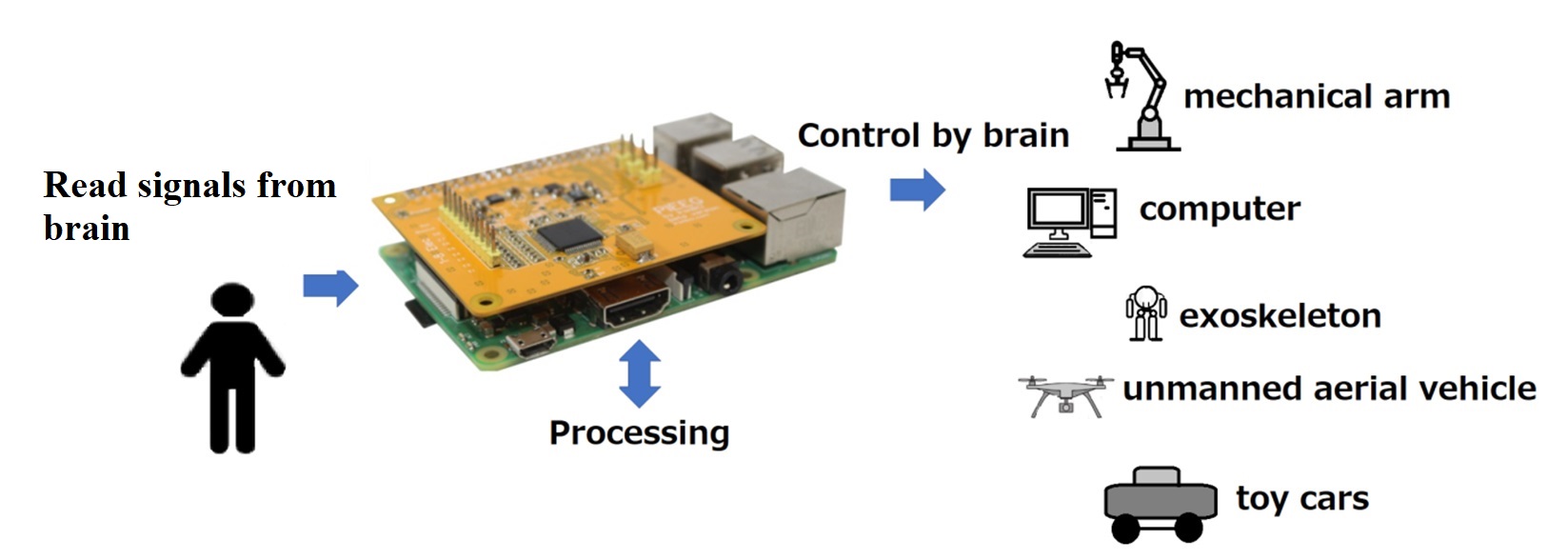
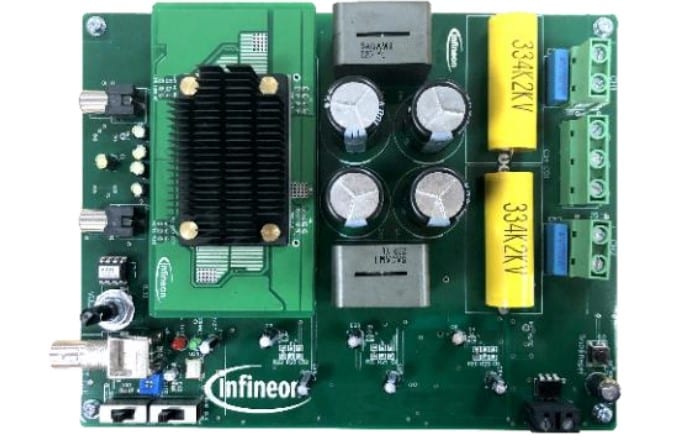
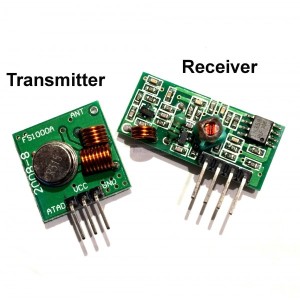
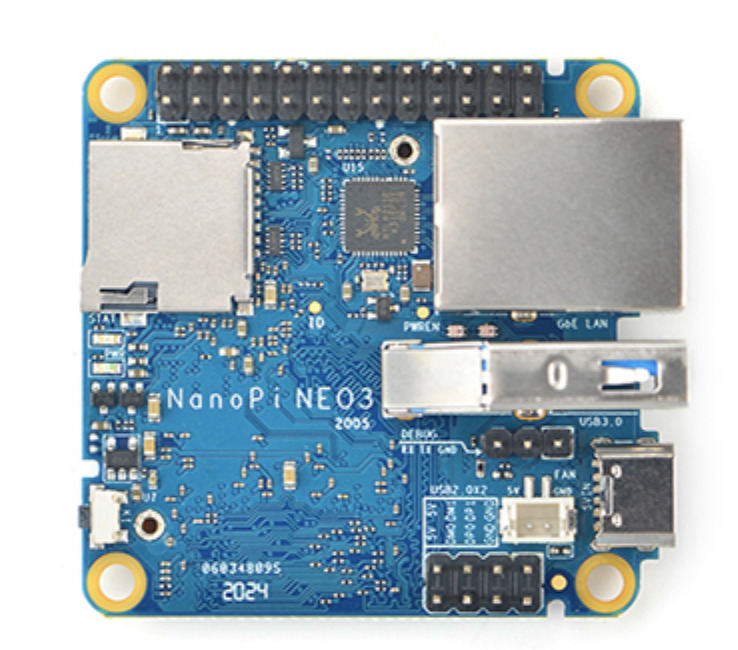
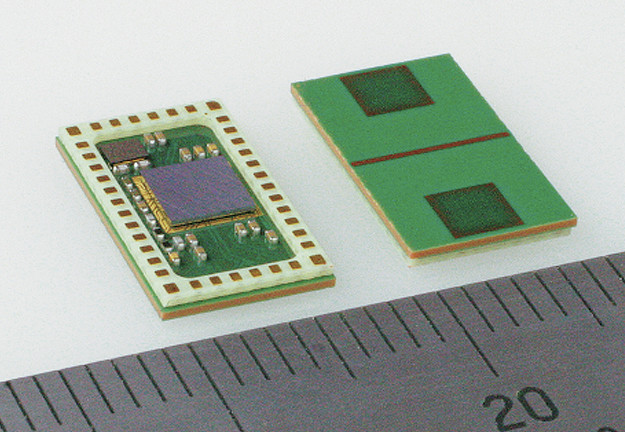

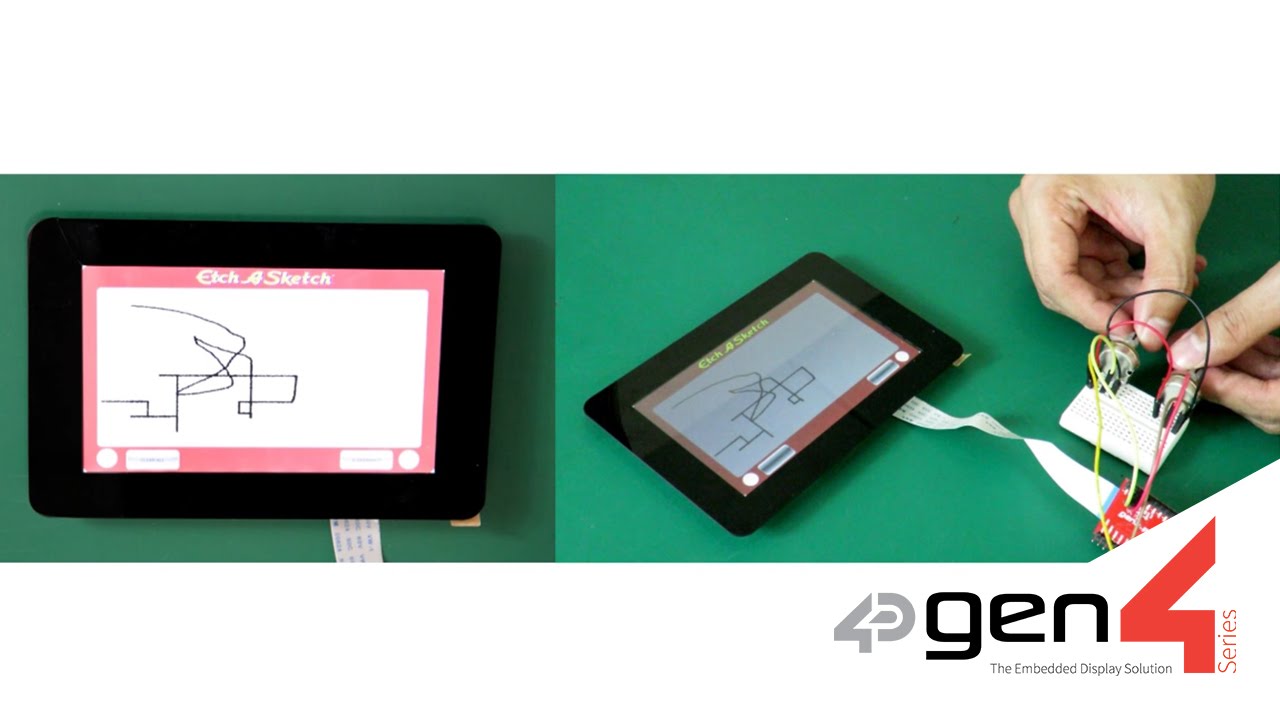







Measuring signals with 24 bits resolution over pin headers. Yeah, right.
website also can be useful https://pieeg.com/